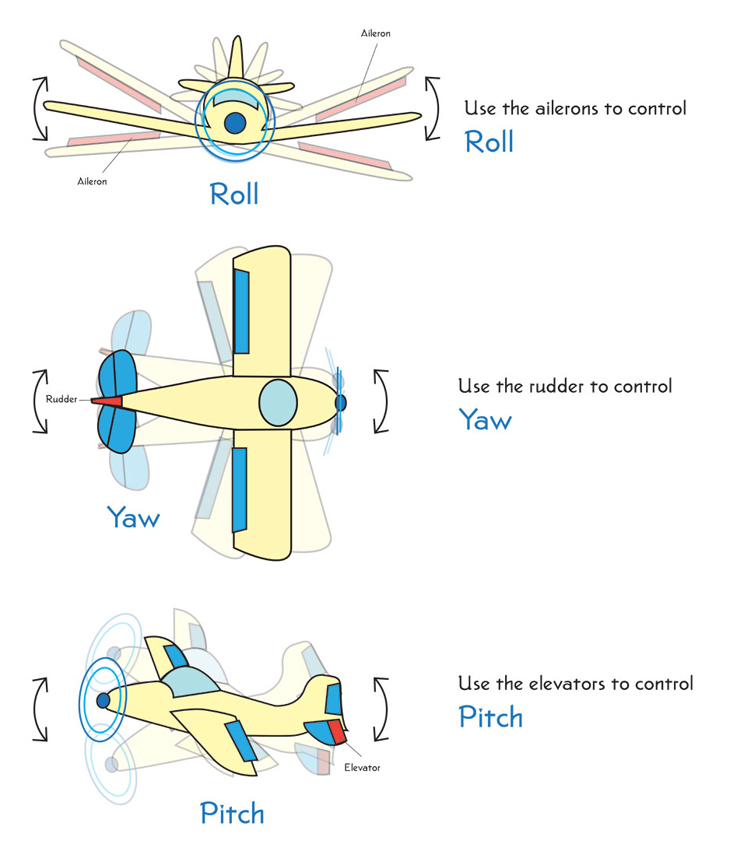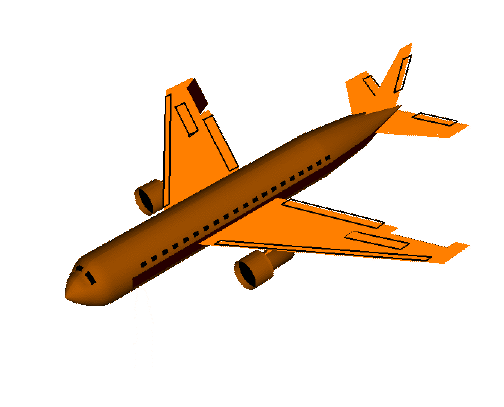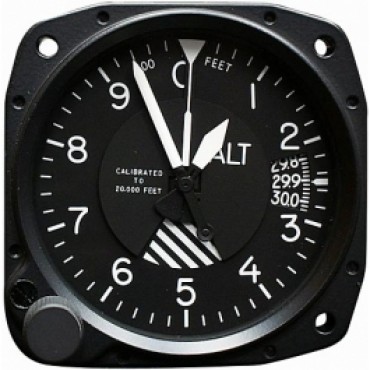When you take the exam for your Private Pilot License, you’ll most likely come across the phrase longitudinal stability. When the FAA talk about longitudinal stability, they mean pitch stability. Is the airplane’s nose pitching up and down?
On any map or globe, longitude is shown as a vertical line. It’s the same with an airplane. This is why longitudinal stability refers to the pitch of the airplane. An airplane that is flying along in smooth and level flight is said to be inherently stable. An airplane that is inherently stable will require less control.
Most airplanes are designed that if you pull up on the yoke and then let go, the nose will come up and then go back down returning to equilibrium. Test it out sometime when you’re flying. Pull the yoke back. The elevators will move up and the nose will pitch up. Release the yoke and the elevators will return to neutral position. The airplane will return to equilibrium.
If the airplane oscillates or bounces up and down as if riding a wave, the oscillation or wave will eventually get smaller and smaller until the airplane returns to equilibrium. Below is a picture of an airplane oscillating.

What determines the longitudinal stability of an airplane? The location of the center of gravity in relation to the center of lift and tail down force. Most aircraft are designed so that the center of gravity is in front of the center of lift. Look at the picture below.

The center of gravity causes the airplane to want to dive down nose first. The center of lift wants to uplift the airplane as if it was attached on a string. The down force on the tail pushes the airplane downwards tail first. All three of these elements cause the airplane to stay flying in the sky. Let’s talk about these three more in detail.
The center of gravity or weight is located in front of lift. It’s the point over which the airplane is balanced. To better explain this, imagine a seesaw or teeter totter. In the center of the seesaw is a small post on which it is balanced. This post is the seesaw’s center of gravity.

Lift or center of pressure is the force that directly opposes the weight of an airplane. In other words, it is the opposite of the center of gravity. By opposing the aircraft’s weight, lift holds the aircraft in the air. Lift is produced by the motion of air rushing across the plane.
The down force on the tail is final piece that keeps the airplane stable and flying. There are two factors that attribute to the down force on the tale. (1) Design. (2) Air or wind.
The tale is purposefully designed as an upside down wing. Let me explain in more detail. The curvature of a wing is called the camber and is crucial in creating lift. Since a wing’s camber is curved, the air flowing over the top of the wing is much faster than the air rushing beneath. This causes low pressure above the wing and high pressure beneath. This large difference in pressure is one of the factors that creates lift.
Remember that the tail of a plane is just an upside down wing. Because the tail is upside down, the pressure in air is switched. The air beneath the wing is accelerating and the air above is going slower. This causes the air beneath to have high pressure and the air above to be low. This difference in pressure between both wings generates lift and helps keep the airplane balanced.
If you’re still confused or have more questions, I’d suggest looking up the Bernoulli effect.

Slow Flight
If an airplane slowed down, the wind rushing over the tail would decrease. Three elements would become unequal. The center of gravity would have more weight than the down force on the tail. This would cause the tail to come up and the nose to dive down. So, the down force on the tail is what helps make the airplane stable as far as pitch and speed are concerned.
Changing the Center of Gravity
It’s difficult to change the center of pressure in an airplane, but easy to change the center of gravity. By moving luggage around in an aircraft or adding passengers, the center of gravity is changed. But be careful when changing an airplane’s center of gravity because it can cause the airplane to become less stable.
Aft CG Limit
– Aft: towards the tail or back of airplane
– CG: Center of Gravity
There is a limit to how far aft luggage or weight can be loaded until the airplane loses stability. The same goes for how far weight can be moved towards the center of pressure or front of the airplane. When weight is moved to the aft CG limit, the airplane will become less stable because there is a decreased in down force on the tail. This will cause the airplane to have a slower stalling speed but higher cruising speed. On the other hand, when weight is moved behind the center of pressure the airplane will want to nose up and enter a stall. The aircraft will become less stable and less efficient.
Here it is broken down in bullet points.
Weight Moved Aft CG Limit
– Cruising speed decrease
– Stall speed increase
– More efficient, less stable
Weight Moved Forward CG Limit
– High stall speed
– More longitudinal stability
– More stable, less efficient















Recent Comments